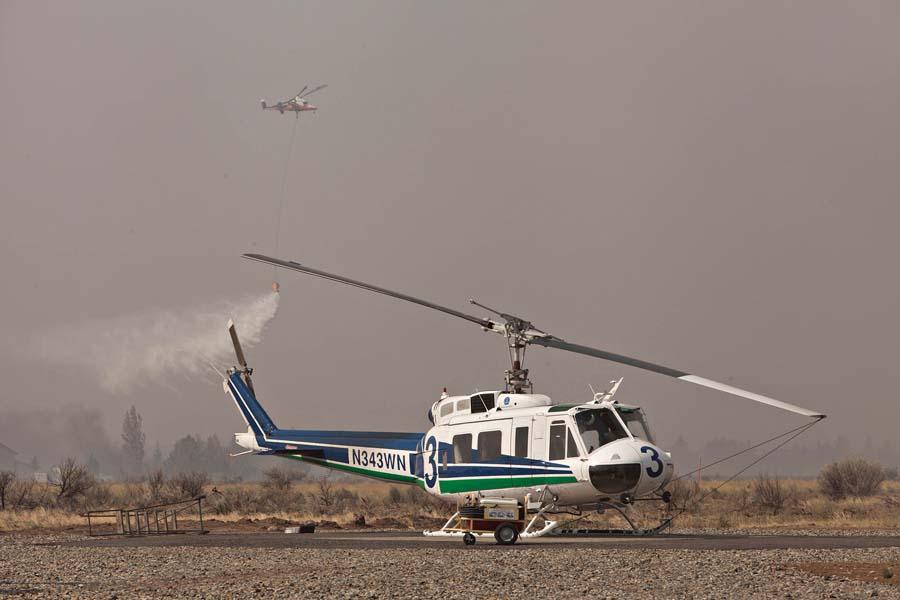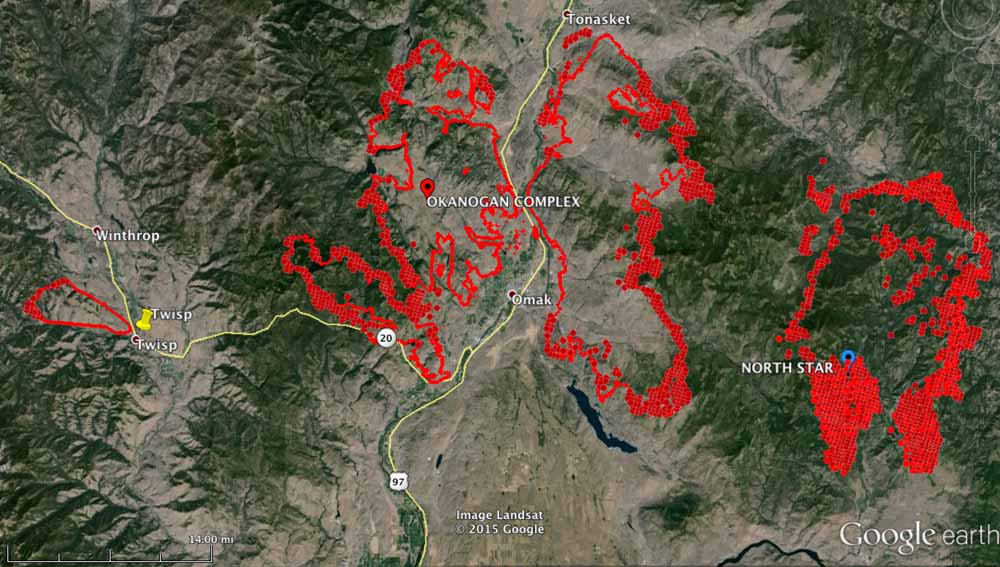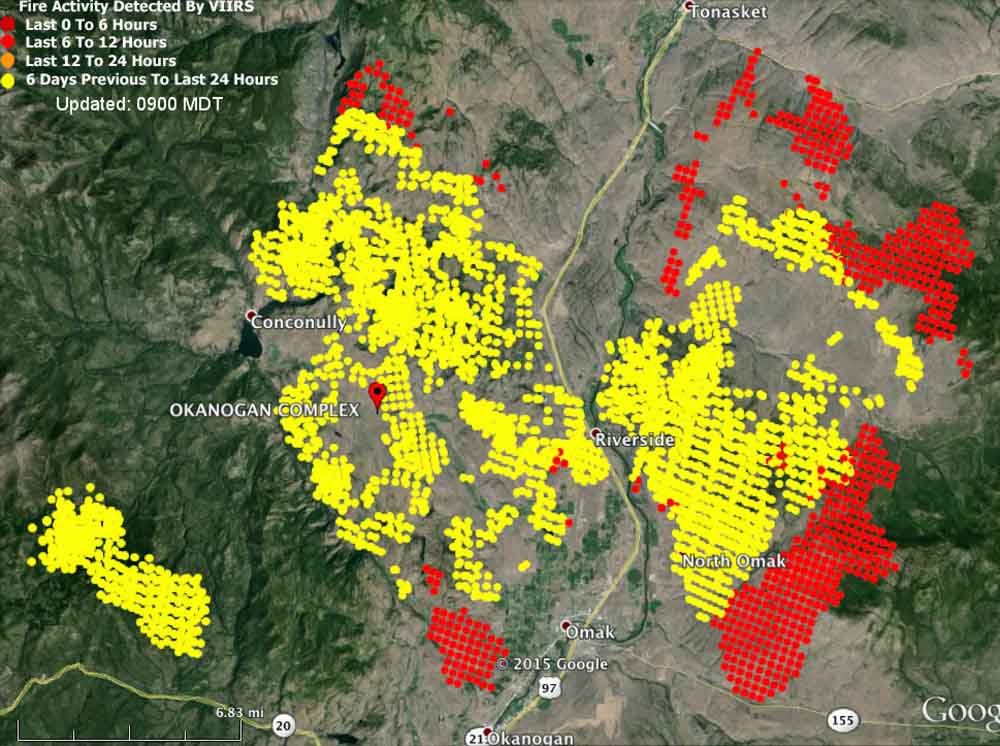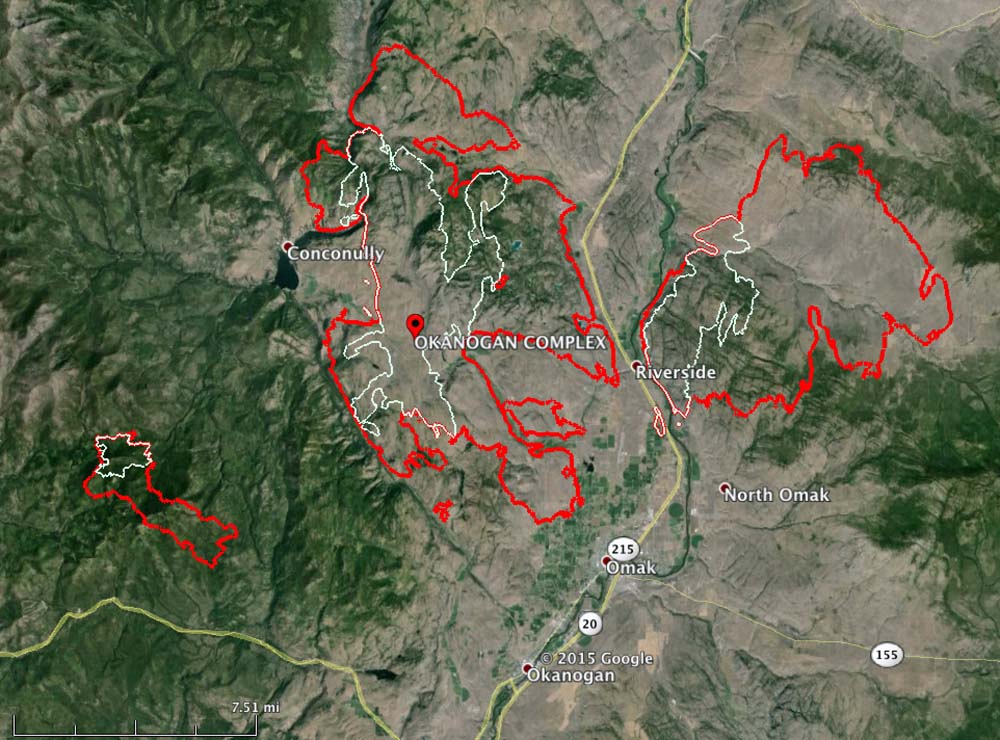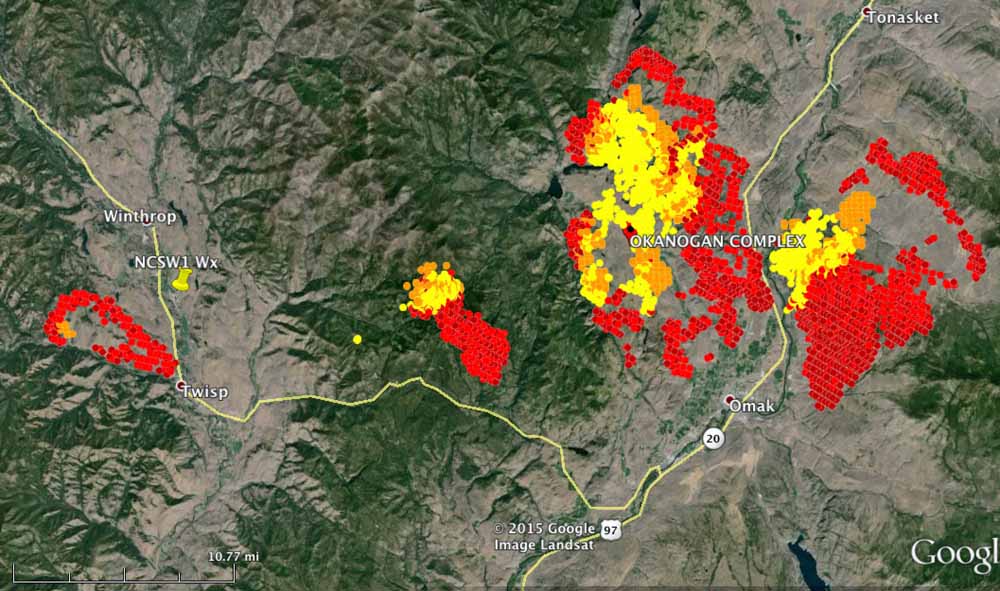A team that will be investigating the August 19 fatalities of three U.S. Forest Service firefighters on the Twisp River Fire in Washington is being assembled. According to an article at OregonLive they will be using a fairly new protocol that we covered in August of 2014, called the Coordinated Response Protocol, or CRP. The controversial process minimizes traumatic impacts on witnesses, coworkers and others close to the tragedy, but strives to avoid developing causes and conclusions. As we reported last August, Ivan Pupulidy, one of the developers of the CRP, called causes and conclusions “traditional nonsense”.
Aside from the controversial nature of the CRP, OregonLive has a very informative article about the investigation into the Twisp River Fire, and how the team will be organized. Below is an excerpt:
…A team of investigators is arriving Thursday to begin the recently adopted Coordinated Response Protocol. The new rules seek to eliminate missteps on fatal investigations of the past.
“My heart breaks over the loss of life,” Gov. Jay Inslee said in a statement. “They gave their lives to protect others. It was their calling, but the loss for their families is immense.”
Officials often found that people assigned to investigate deaths or serious accidents were so focused on the task at hand they were insensitive to the victims involved during the interview process. The goal is to learn from what happened and take steps to prevent mistakes from happening again.
“It’s a smoother way to help the people involved because they are obviously traumatized,” said Mike Ferris, a spokesman for the National Interagency Fire Center in Boise. Ferris’ colleague, Jennifer Jones, will join the investigation Thursday as the information coordinator.
“It means the people affected by the incident don’t have to sit through 12 interviews by five or six different people,” Ferris said during a phone interview Thursday morning with The Oregonian/OregonLive.
The process were implemented with the July 30 death of David Ruhl, a U.S. Forest Service captain from South Dakota’s Black Hills National Forest. He died in a wildfire in the Modoc National Forest of Northern California.
A learning review replaces the serious accident investigation process with hope to “minimize the impact that reviews can have on the personnel who were involved in the incident while simultaneously meeting organizational and ethical requirements,” according to Forest Service documents.
Officials also hope briefing victims’ families during the new process relieves tensions that occurred in the past.
The goal is to provide “as clear a picture of what influenced actions and decisions as possible” even if it results in “uncovering hard truths that might appear contrary to protecting the agency,” the documents say…
The graphic below (of strangely faceless people) is from the USFS’ description of the CRP process.


